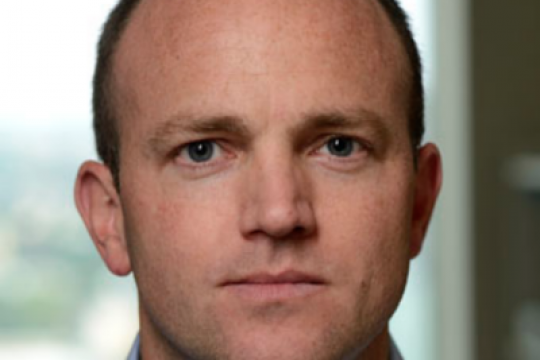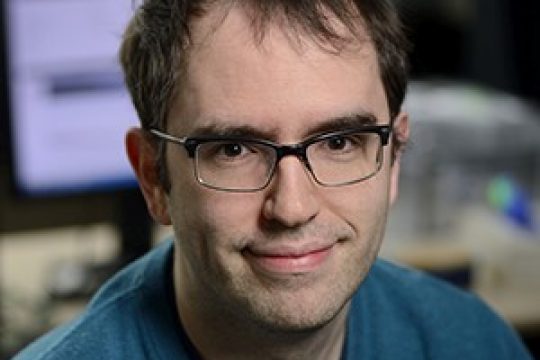Multi-cellular living organisms grow from single cells into multicellular, complex systems composed of highly diverse cell-types organized into tissues, which in turn form organs and organ systems. To organize and maintain this complex architecture, the organism must undergo constant...
My lab is an interdisciplinary group that devises and experimentally tests computational tools to explore cell type identity and its molecular underpinnings. A unifying component of our research is the gene regulatory network (GRN). GRNs are programs encoded in...
My lab’s focus is on the development and application of sequencing technologies to gain a deeper understanding of biology and a more accurate set of clinical tools for human disease. Our research integrates the principles of biophysics, molecular biology,...
Messenger RNA (mRNA) translation by the ribosome represents the final step on a complicated molecular dance from DNA to protein. Though classically considered a decipherer that translates our 64-word genetic code into a proteome of astonishing complexity, recent work...
Our research seeks to better understand dynamical biological processes, such as embryonic development and brain activity, by recording cells’ experiences in their genomes. To accomplish this objective, we develop: (A) molecular technologies that write cellular experiences into their nucleic...
CRISPR-Cas loci serve as acquired immune systems which protect their bacterial and archaeal hosts from viruses and plasmids. CRISPR immunity occurs in two phases: First, short DNA segments from foreign invaders are captured and inserted into the CRISPR locus...






